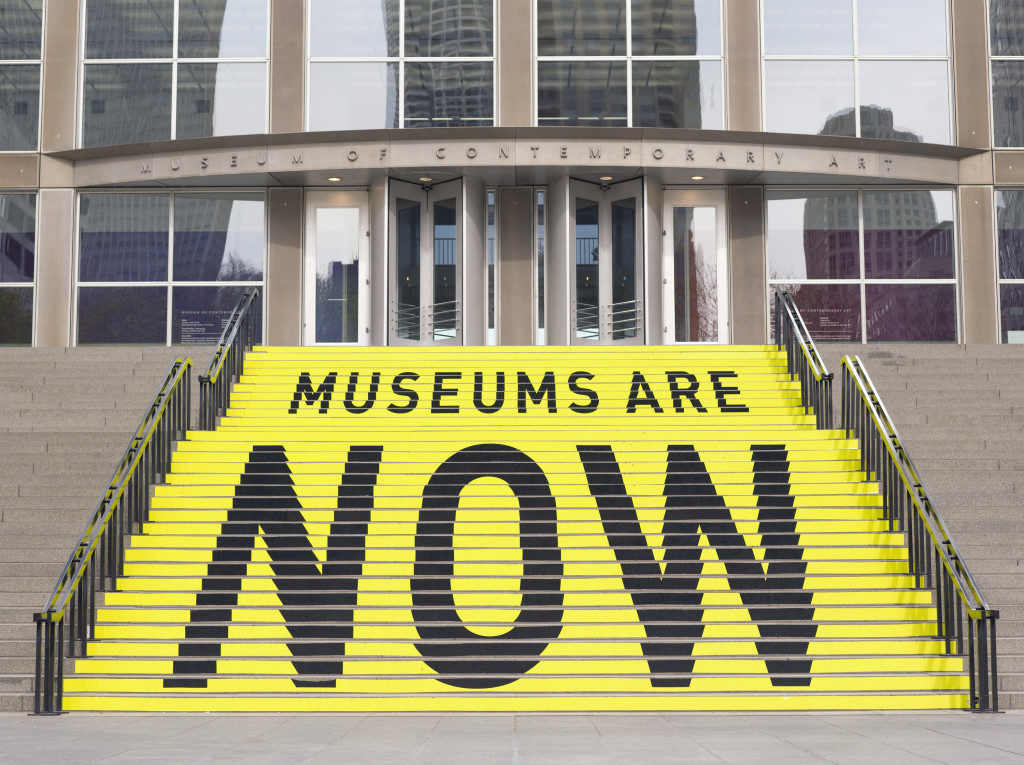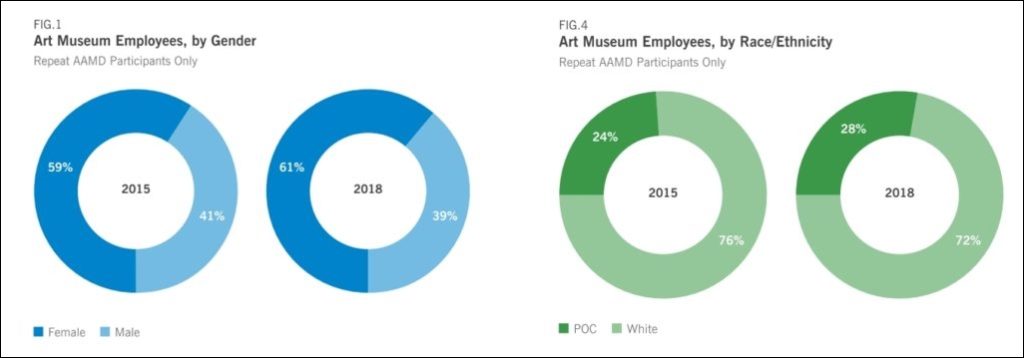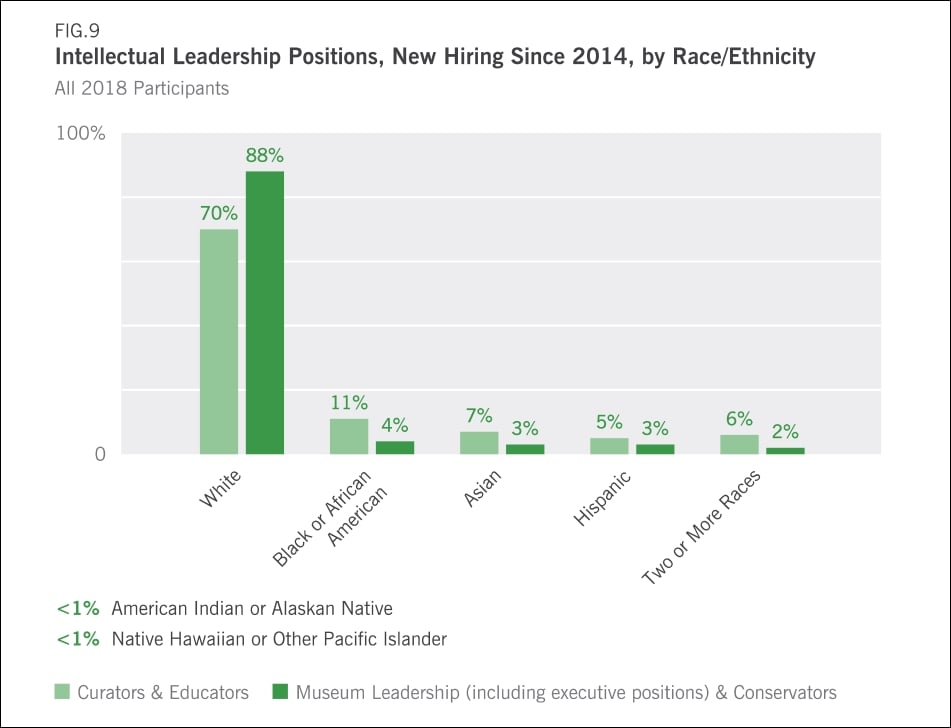Art World
Women Have Made Gains in Museum Leadership, But Progress Has Been More Incremental for People of Color, a New Study Says
The survey collected data from more than 332 museums and 30,000 employees.

The survey collected data from more than 332 museums and 30,000 employees.

Caroline Goldstein

The Andrew W. Mellon Foundation has revealed that there’s been an increase in the number of women and people of color in leadership roles at museums, according to the second part of its Art Museum Staff Demographic Survey.
The percentage of women holding leadership roles—which the survey defines as “all executive positions,” including directors, CEOs, and CFOs—increased from 57 percent to 62 percent between 2015 and 2018. (Directorships, however, remain majority male, as do curatorial roles with management responsibilities.)
The number of people of color occupying these positions increased only from 11 percent to 12 percent in this same period. One category that saw significant change, however, was the number of African American curators, which doubled from 2015 to 2018.
The numbers “offer a snapshot of change that is overdue, slow, but also real and welcome,” said Mariët Westermann, executive vice president of the Mellon Foundation, in a statement on the findings.

Chart from the Art Museum Staff Demographic Survey 2018.
The results, gathered last year and released today, are the culmination of a far-reaching survey of data from 332 art museums and more than 30,000 employees. The foundation began the survey in 2014 and published the first round of results in 2015.
The report, initiated by the Mellon Foundation, the Association of Art Museum Directors, and the American Alliance of Museums, and administered by the research firm Ithaka S+R, shows that progress has been incremental. Women remain the slight majority of total employees at art museums, though that number slips back when it comes to occupying leadership roles; likewise, museums have hired more people of color in recent years, contributing to a more diverse workforce overall, though in small doses.

Chart from the Art Museum Staff Demographic Survey 2018.
Overall, the speed and frequency at which departments are hiring and promoting women and people of color is taking place largely in the curatorial and education departments, which are considerably larger on average. “While trends in recent hiring are encouraging, certain parts of the museum appear not as quick to change, especially the most senior leadership positions,” Westermann said.
There have been a growing number of initiatives dedicated to addressing the lack of diversity in museums. In July, the American Association of Museum Directors announced a paid internship program for minority college students, while the Andrew W. Mellon Foundation announced a $4 million grant targeting board diversification at museums around the country just a few weeks ago.